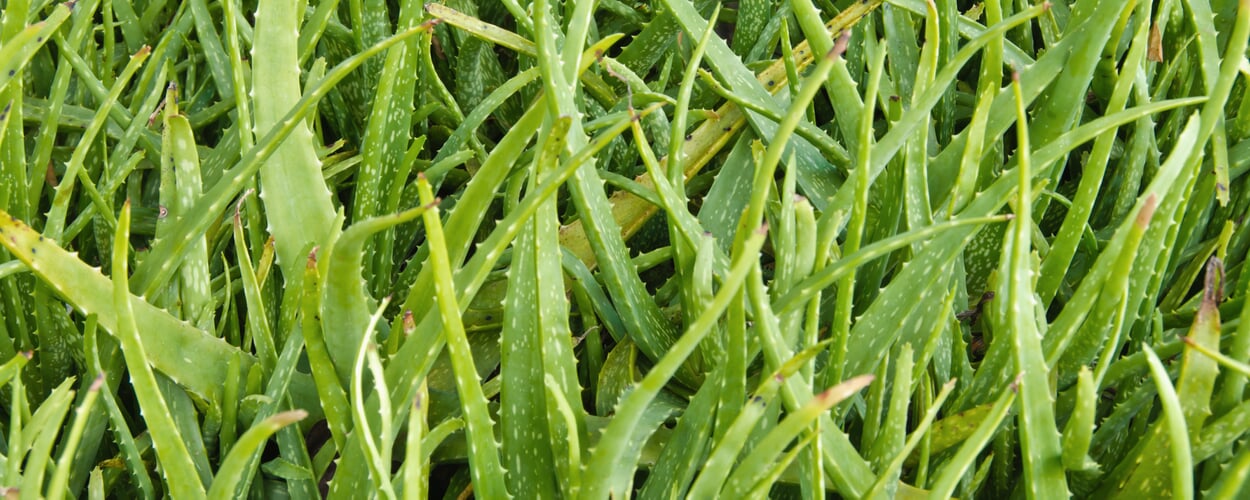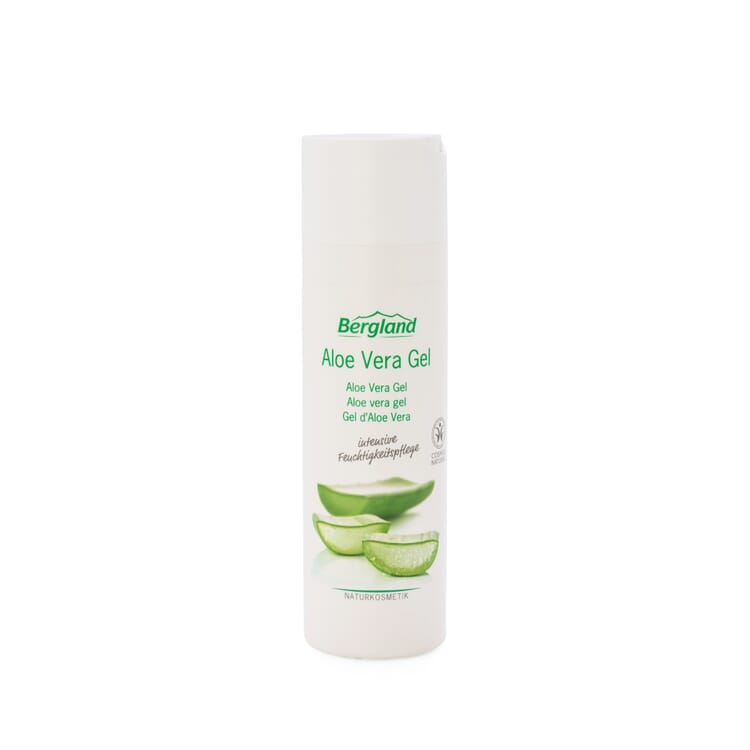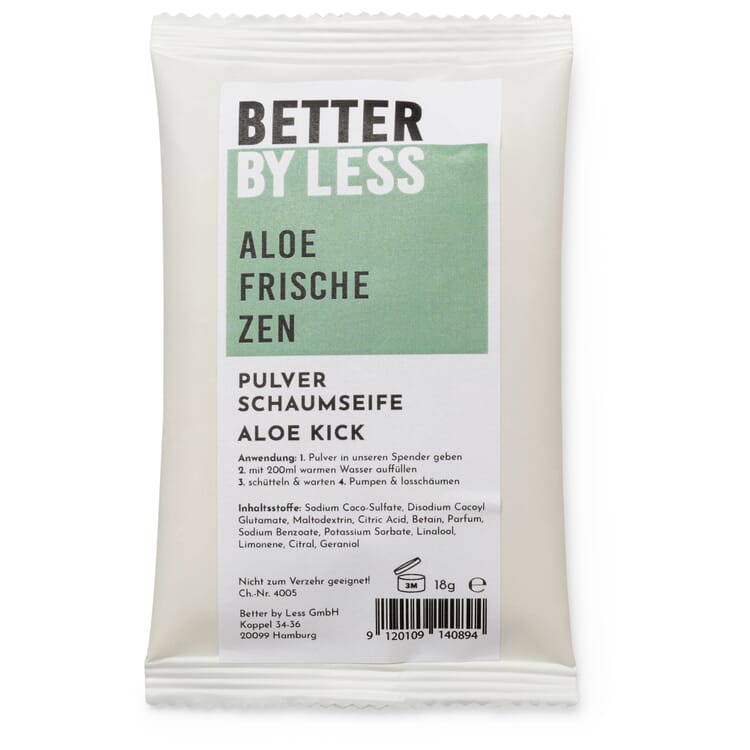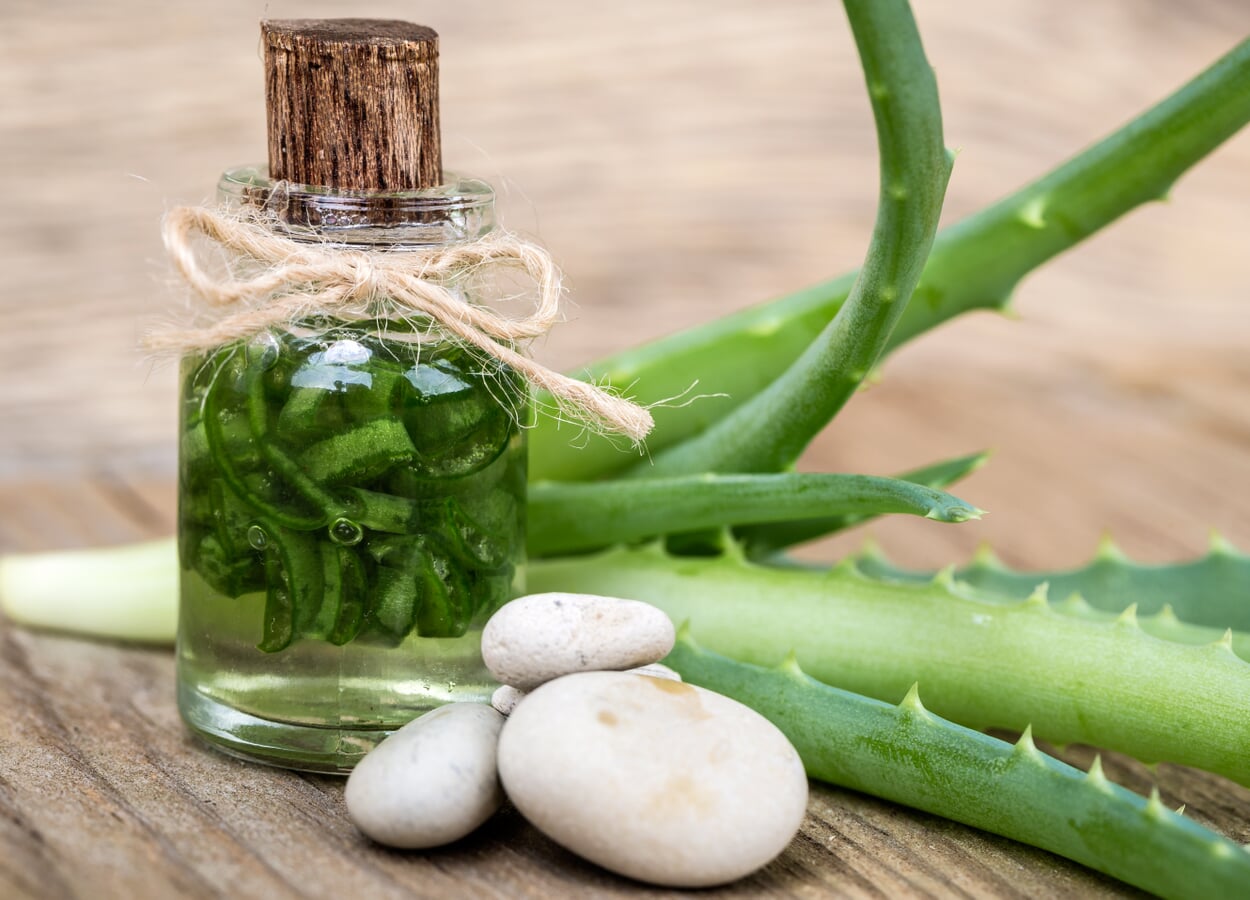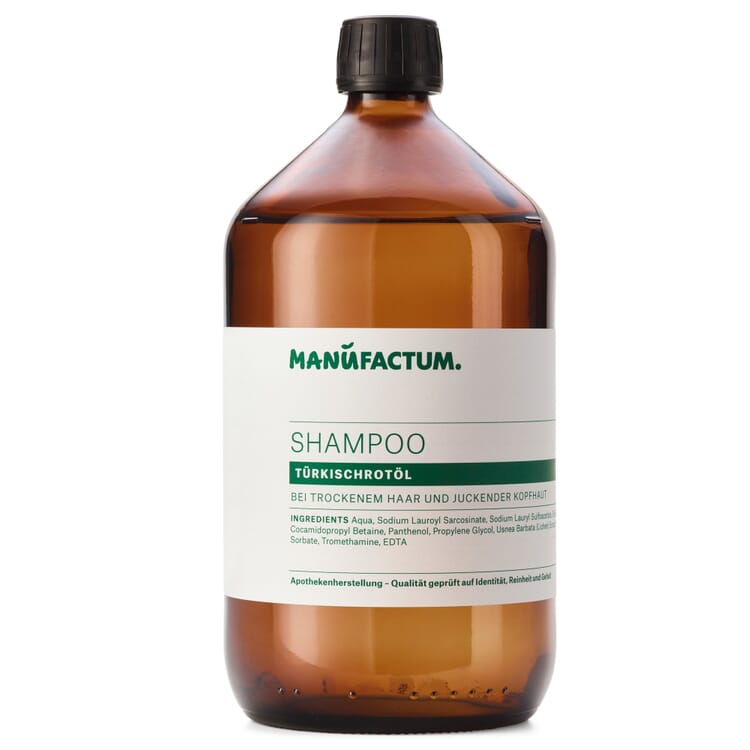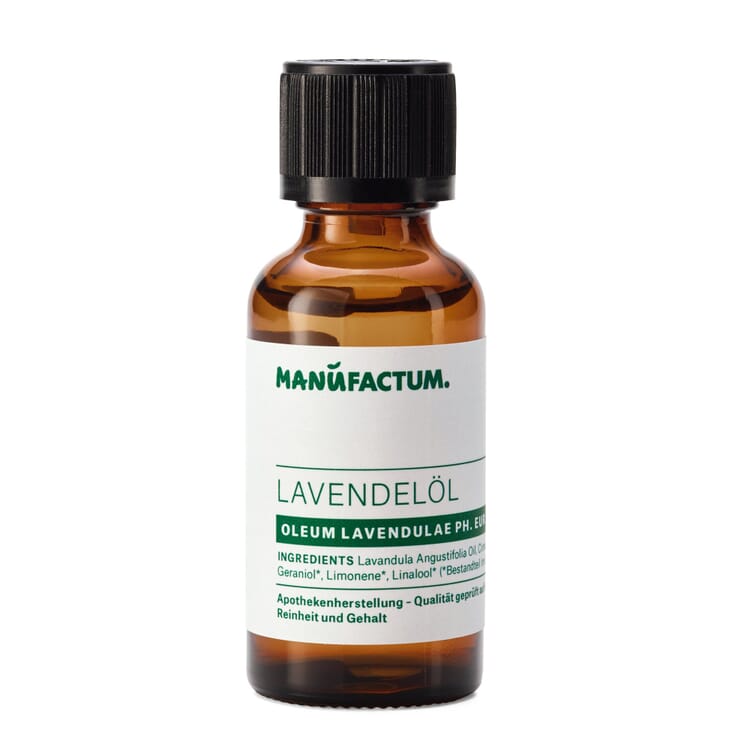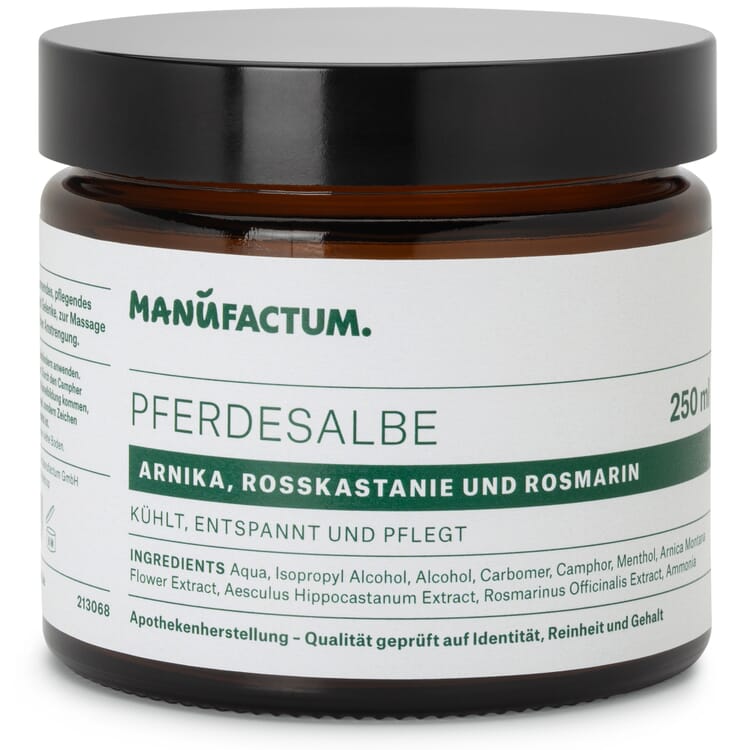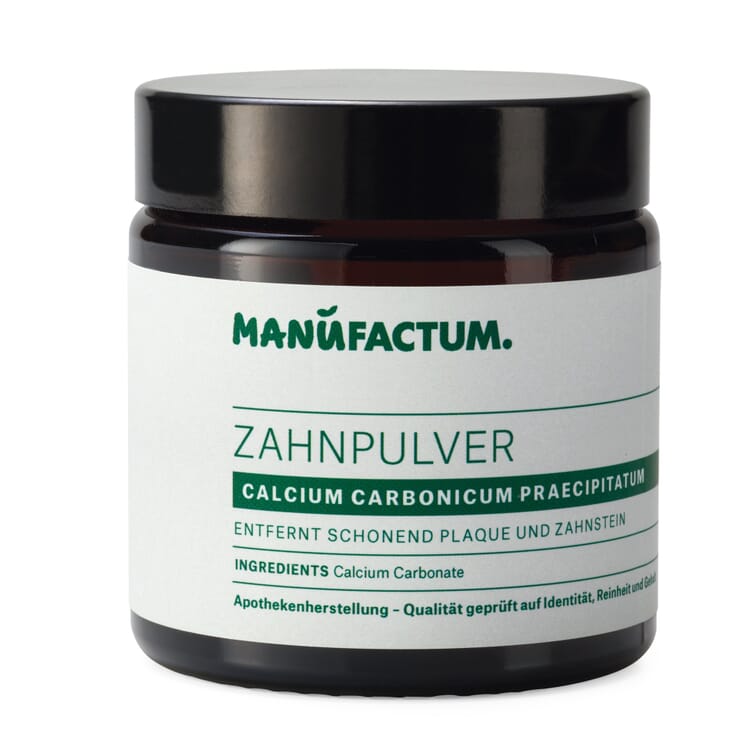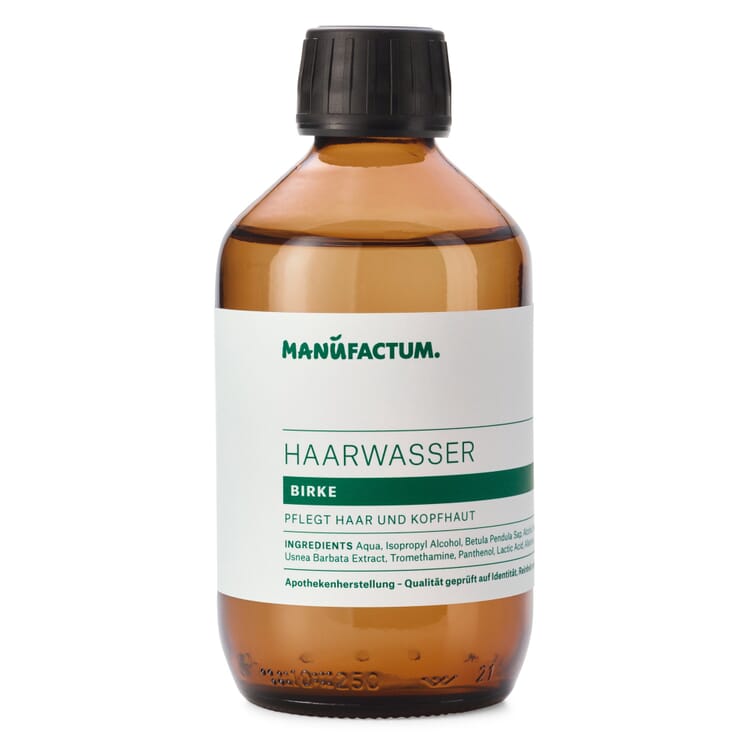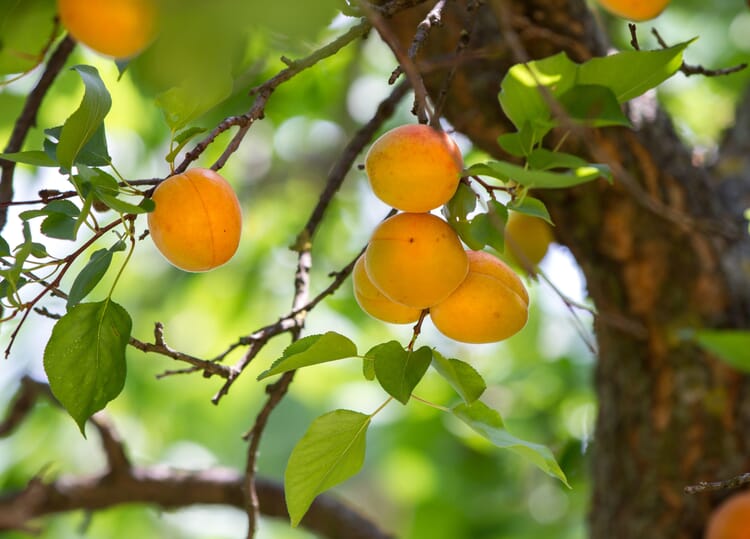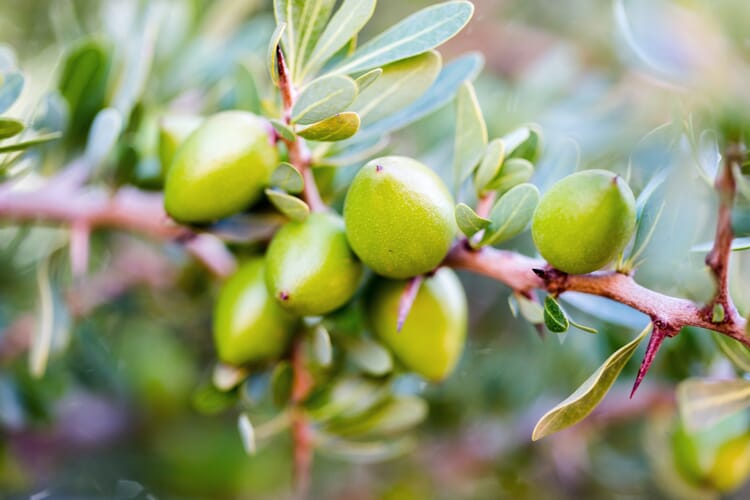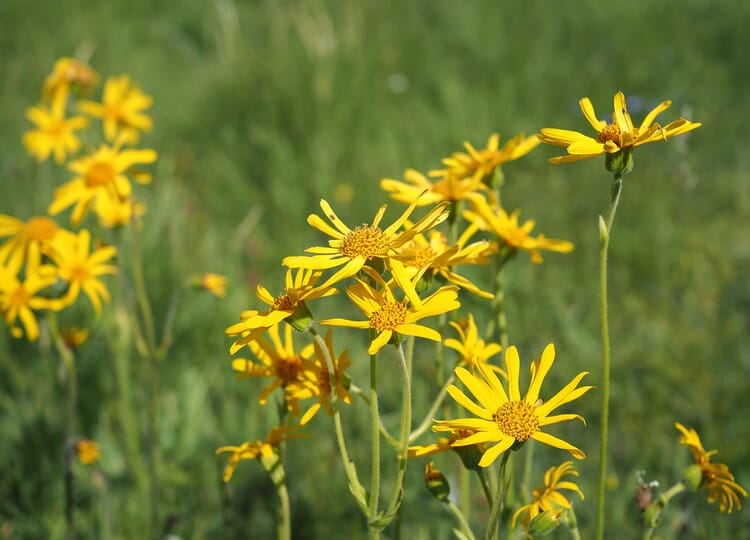Medicinal plants A|B|C
Aloe vera (Aloe barbadensis)
The Aloe vera (Aloe barbadensis) belongs to the asphodel plants, so it is more closely related to torch lilies and steppe candles than to agaves. Its toothed leaves, up to 90 centimeters long, stand in rosettes and are fleshy thickened. In the flowering season, a branched flower stalk up to three meters high grows up from the gray-green rosette, densely covered at its ends with yellow or red individual flowers, depending on the variety.
Origin and cultivation
Even in ancient times, aloe vera was highly valued for its wound-healing properties. Its homeland is probably the Sudan and the Arabian Peninsula. Today it is grown everywhere in the world where there is a dry tropical or subtropical climate; the largest exporters of aloe vera gel are the USA and Mexico. The plant is propagated by the root shoots that grow around the mother plant. They are separated and moved to their own place. If only three to four of the outer leaves are harvested at a time, an aloe vera plant can be used for up to ten years.
Ingredients
Because the active ingredients quickly lose their potency, the harvested leaves must be processed within a few hours. Under the leathery outer skin of the aloe leaves is a thin, fibrous layer that contains a very bitter, yellow juice. The leaf bark and sap layer are carefully removed, leaving the inner gel, which is transparent and somewhat slimy. If you have an aloe vera at home, you can apply the gel fresh; for use in creams, it must be elaborately stabilized. Overall, aloe vera has a wound-healing and skin-regenerating effect, it relieves itching and promotes blood circulation.
Products with aloe vera
Use of the aloe vera gel
- In cosmetics, aloe vera gel is a real all-rounder and one of the most commonly used herbal ingredients in hair and skin care products
- For acute skin injuries of all kinds - sunburn, burns, sprains, bruises, cuts and insect bites - the cooling and wound-healing gel is applied to the skin. It is also said to stimulate the human immune response.
In the dry season, the leaves of the aloe vera straighten up so that they lie on top of each other like narrow onion skins and protect each other from too much water loss through transpiration. The tree aloe, Aloe arborescens, which is closely related to Aloe vera, is not as easy to propagate and contains less gel in its leaves, but is said to be even more effective than Aloe vera. It forms a branched stem and its flowers are red, never yellow.
Exclusive Manufactum body care products
Recommended Topics
The apricot (Prunus armeniaca), also called apricot in Austria and Bavaria, grows in tree or shrub form. The yellow to orange fruits have a smooth, almost hairless surface. If the wrinkled stone of the apricot, which is pointed on one side, is cracked, the seed ("kernel") inside is revealed. It is about the size of a thumbnail and contains a lot of oil. As with almonds, there is a bitter and a sweet form. Valuable apricot kernel oil is obtained from both varieties.
View moreThe widely spreading branches of the argan tree, which grows up to twelve meters high and is native to the semi-desert, provide shade for humans and animals. Every two years, and only when there is no dry spell, the argan tree produces yellowish fruits. They are barely the size of a plum and have a bitter pulp that is inedible to humans. An extremely hard shell encloses the fruit core and protects the two to three seeds inside, from which the precious argan oil is extracted.
View moreThe sunny yellow, almost palm-sized flowers of arnica appear from June to August and have the typical structure of a composite flower. The whole plant has glandular hairs and smells aromatic. Originally it was at home everywhere in Europe, Central Asia and North America on nutrient-poor (mountain) meadows and boggy sites. But because there are hardly any unfertilized areas left and arnica was intensively collected for centuries because of its healing power, it has become very rare.
View more
